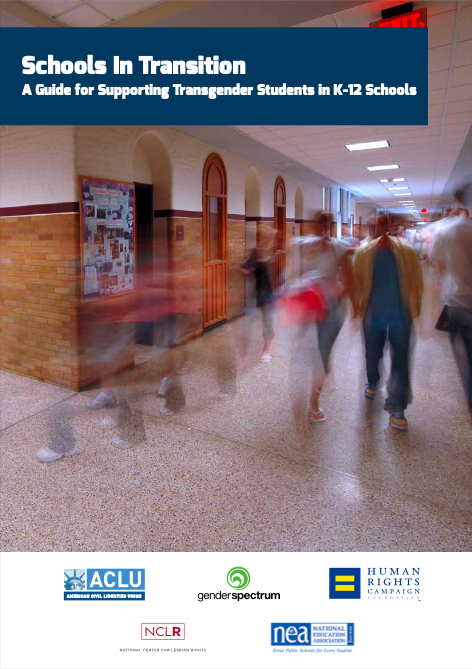The Importance of Inclusive Language on Healthcare Intake Forms: Embracing Diversity and Respecting Patient Identities
Inclusive language on healthcare intake forms plays a vital role in fostering a welcoming and respectful environment for patients. It goes beyond traditional demographic information and embraces the diversity of patient identities and experiences. In this blog post, we highlight the significance of inclusive language on intake forms, with a focus on nonmonogamy, kink, BDSM, and gender nonconformity.
Embracing Nonmonogamy and Relationship Diversity
Inclusive language on intake forms acknowledges that relationships come in various forms, including nonmonogamous structures. By incorporating relationship options beyond the traditional "single" or "married," healthcare providers create a safe space where patients can express their relationship dynamics without fear of judgment or exclusion. This inclusive approach allows for more accurate patient information and enables healthcare practitioners to understand the broader context of their patients' lives.
Recognizing the Diversity of Sexual Practices
Inclusive language extends to acknowledging and respecting the diversity of sexual practices, including kink and BDSM. By providing options or space for patients to disclose their interests or preferences, healthcare intake forms create an environment where patients can openly discuss their sexual health without feeling stigmatized. This facilitates honest and effective communication between patients and healthcare providers, ensuring that patients receive appropriate care and guidance.
Affirming Gender Nonconformity and Identity
Inclusive language on intake forms recognizes and respects gender diversity. Instead of rigidly adhering to binary options like "male" or "female," healthcare forms can include a range of gender identities or provide an open-ended space for patients to self-identify. This inclusive approach demonstrates a commitment to honoring patients' gender identities and allows individuals who identify outside of the gender binary to express themselves authentically, fostering trust and facilitating person-centered care.
Promoting Patient-Centered Care and Trust
Using inclusive language on intake forms sends a powerful message to patients that their identities and experiences are valued and respected. It creates an inclusive healthcare environment where patients feel seen, heard, and understood. In turn, this fosters trust between patients and healthcare providers, enabling open and honest conversations about their health concerns and needs. Patient-centered care is enhanced when intake forms reflect the diverse identities and experiences of the individuals seeking care.
Conclusion
Inclusive language on healthcare intake forms is an essential aspect of providing patient-centered care and fostering a welcoming environment. By embracing nonmonogamy, recognizing diverse sexual practices, affirming gender nonconformity, and using inclusive terminology, healthcare providers demonstrate their commitment to respect, inclusivity, and understanding. Through the use of inclusive language, healthcare professionals can establish trust, facilitate effective communication, and ultimately provide more equitable and personalized care to all patients.






